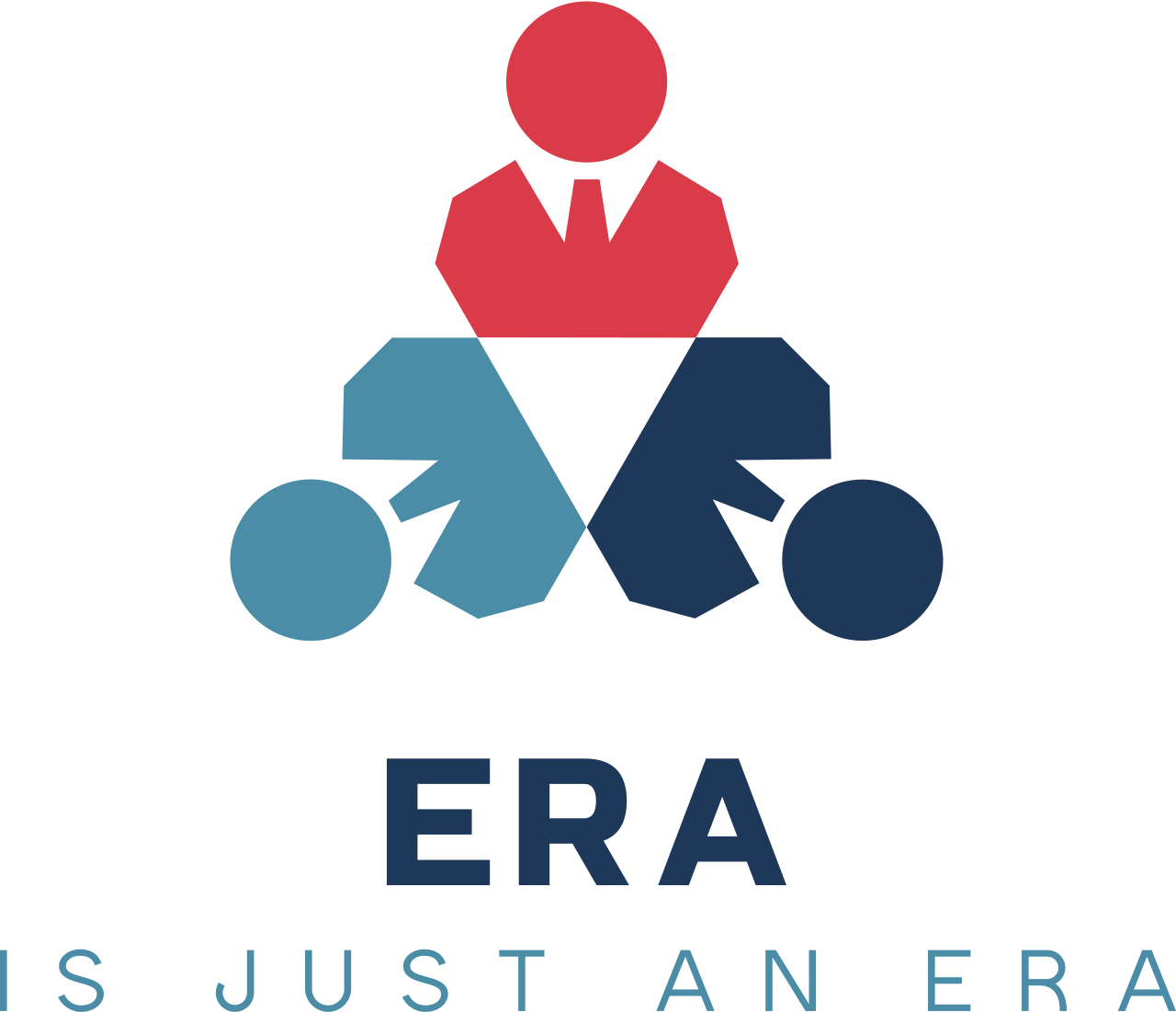Innovative Hybrid Work Models: Redefining Connection Through Digital F
How has the evolution of bonus cultures in the UK financial sector—from the post-'big bang' era to the current post-Brexit deregulation—reshaped employee perceptions of fairness in hybrid and remote working models?
Recent shifts in the workplace have ushered in a new era where the blending of remote and onsite work creates boundaries that are both challenging and ripe with potential. Organizations are now exploring how to maximize productivity while balancing flexibility with the human need for connection. With advanced digital communication tools and evolving work practices, innovative strategies are emerging to address the social and relational hurdles often associated with remote work.This evolving landscape challenges traditional work structures, introducing innovative hybrid models that preserve the benefits of remote work—such as enhanced autonomy and improved work-life balance—while also tackling the risks of isolation and disconnectedness. Modern hybrid frameworks capitalize on asynchronous communication, allowing employees the flexibility to work at times that suit their personal rhythms. However, this same flexibility has given rise to complexities in nurturing spontaneous, face-to-face interactions and collaborative innovations. Companies are thus incentivizing the use of diverse digital tools to bridge these gaps, ensuring that even when work is distributed across different locations, it remains interconnected and synergistic.The innovative insights derived from recent studies reveal that while digital technology can empower workers by offering new competencies and improved autonomy, it can also require a deliberate design to mitigate feelings of alienation. By creatively reshaping collaboration networks, organizations are adapting to a dual challenge: embracing high-tech solutions to streamline workflows while simultaneously revitalizing the social fabric of the workplace. This balancing act is critical; when executed well, it promotes a sense of belonging, drives performance, and potentially enhances overall mental well-being.Moreover, emerging research underscores the importance of integrating robust communication strategies within the hybrid model. Asynchronous interactions need to be complemented by opportunities for real-time engagement, nurturing an environment where employees feel part of a cohesive community—even if the collaboration occurs across virtual platforms. This innovative approach is paving the way for a future where work practices not only enhance operational efficiency but also prioritize the psychological and social needs of employees.The future of work is undeniably dynamic. With organizations continuously experimenting with hybrid models and leveraging digital tools in novel ways, the quest to combine flexibility with genuine connectedness is set to redefine how we understand and experience professional relationships. This transformative journey is not without challenges, but it holds the promise of a more agile, inclusive, and ultimately innovative work environment.
